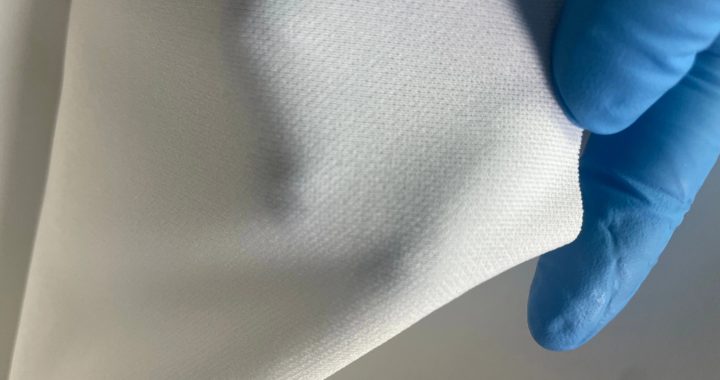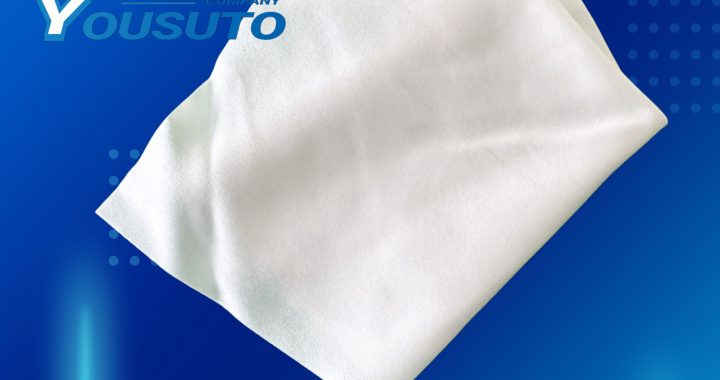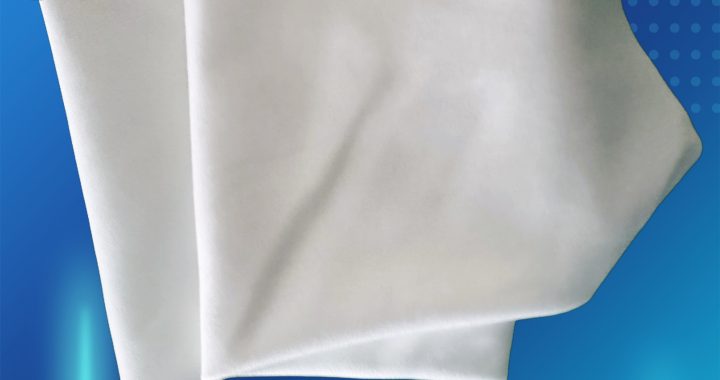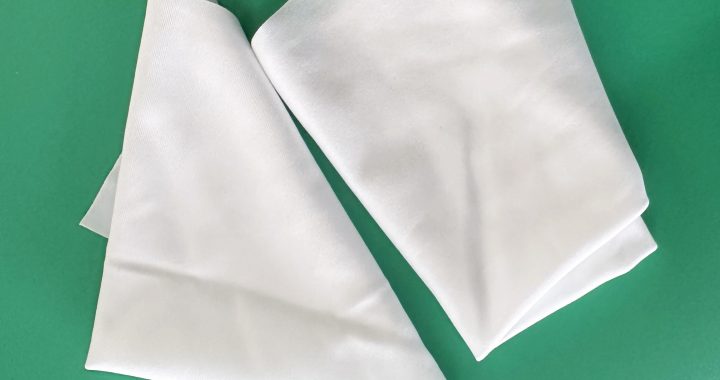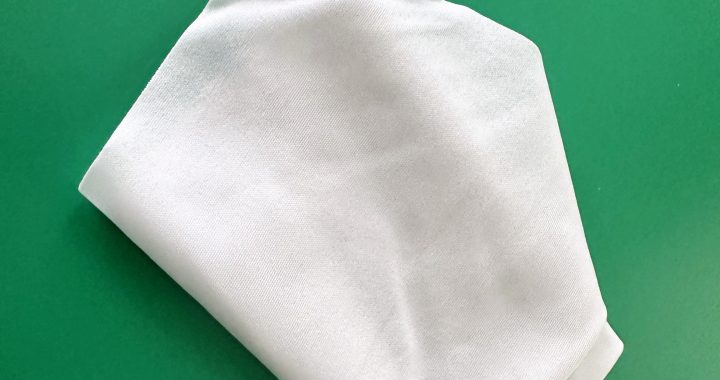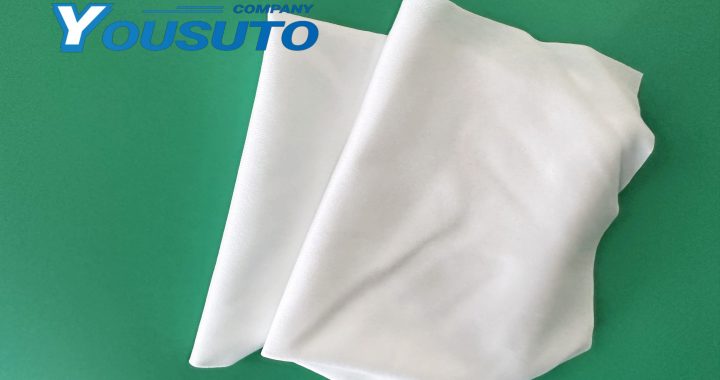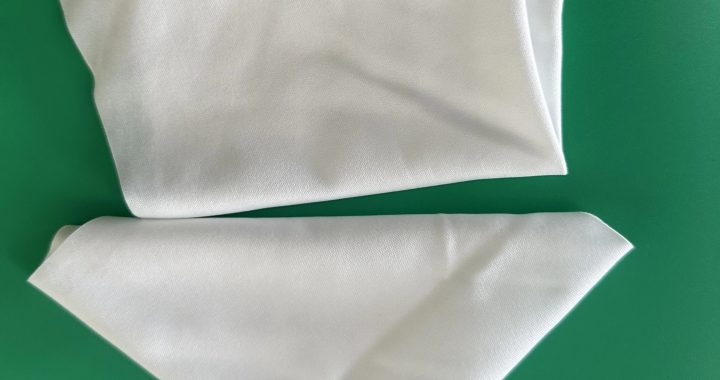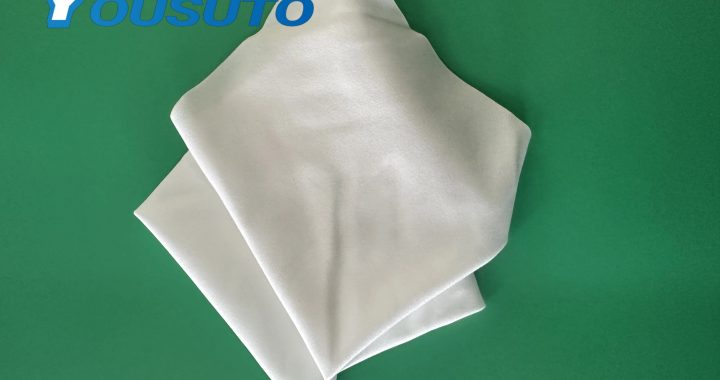High-density cleanroom wipes are essential for improving the cleaning efficiency of optical instruments in laboratory settings. These wipes, made from tightly woven fibers, offer superior absorbency and a lint-free surface, which is crucial for cleaning delicate optical components like lenses, microscopes, and cameras. To maximize cleaning efficiency, use single-direction wiping motions to avoid redistributing contaminants, and apply controlled pressure to remove oils, dust, and residues without damaging the surface. High-density wipes reduce cleaning time and increase accuracy, ensuring that optical instruments remain in optimal condition and perform at their best in Class 100–1000 cleanrooms.
Key Features:
-
High-density fibers for superior absorbency
-
Lint-free, ensuring no contamination
-
Safe for sensitive optical surfaces
-
Reduces cleaning time and improves precision
Application Scope:
-
Optical equipment maintenance
-
Lenses, microscopes, and cameras
-
Laboratory and research facilities
-
Class 100–1000 cleanrooms
